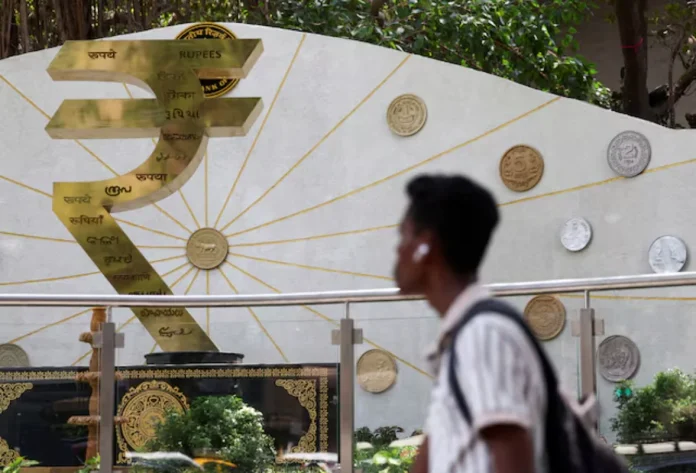India Pushes Reforms Amid $17 billion Foreign Outflows
India accelerates market and access reforms as foreign outflows test liquidity. Softer oil and stable yields support balance, while equities shift toward capital goods and banks under a steady rupee and contained inflation outlook.

Foreign portfolio investors have withdrawn roughly US$17 billion from India in recent months, tightening domestic financial conditions but also jolting policymakers into a faster reform cadence. The government and regulators are moving on three fronts: market depth, foreign-access frictions, and credit transmission. The thrust is to widen the local institutional bid while keeping channels open for foreign capital without amplifying volatility.
First, market-microstructure. Authorities are refining primary issuance calendars and settlement infrastructure to smooth auction tails and reduce squeezes at key tenors. Corporate-bond market initiatives—broader market-making, clearer disclosure templates, and eased listing pathways—aim to pull more issuers off bank balance sheets. Second, foreign-access rules.
Documentation and tax-withholding clarifications for the Voluntary Retention Route, plus progress on settlement alignment, are designed to lower administrative drag for global funds. Third, transmission. The push to deepen term-lending benchmarks beyond MCLR, combined with targeted partial guarantees for MSME securitisations, seeks to unclog risk transfer from banks to markets.
Macro carries the ballast. Headline inflation is easing; core is trending lower as food shocks unwind. Ten-year yields have firmed but remain orderly; the rupee trades in a managed range as FX reserves buffer episodic stress. Oil’s softer drift (CL=F) helps the external bill; a firm dollar (DXY) limits INR upside but stabilises expectations. The current-account path is manageable given services surpluses and resilient remittances.
Equities have rotated toward capital goods, power equipment and banks; defensives lag as earnings breadth widens. Risks are clear: a renewed food-price flare-up would pause disinflation; a hard USD spike would tighten global financial conditions; slower electronics demand would dent exports. Watch three indicators: non-oil, non-gold imports as a capex proxy; bank credit growth versus deposit accretion; and corporate-bond primary issuance volumes.
If all hold, India can convert a funding test into a market-structure upgrade that outlasts the cycle.Foreign portfolio investors have withdrawn about US$17 billion from Indian assets in recent months, tightening liquidity but accelerating reform momentum. Policymakers are now acting on three connected fronts—market depth, foreign-access frictions, and credit transmission—to stabilise funding while future-proofing the financial system. The goal is to expand the domestic investor base and attract stable capital flows without amplifying volatility.
Market microstructure reforms are central. Authorities are refining issuance calendars and settlement systems to reduce auction volatility, while expanding corporate-bond market access through improved market-making, clearer disclosure norms, and simplified listing rules. These changes aim to move more corporate financing off bank balance sheets and into tradable markets. On foreign access, the government is clarifying documentation and tax treatment for the Voluntary Retention Route and aligning settlement protocols to cut administrative friction. Transmission reforms are progressing through deeper term-lending benchmarks beyond MCLR and partial guarantees for MSME securitisations, encouraging banks to recycle credit risk into the market.
Macro fundamentals remain steady. Headline inflation is easing as food-price shocks fade, and core inflation is trending lower. Bond yields are slightly firmer but orderly, the rupee trades within a controlled range, and FX reserves cushion short-term pressure. Softer crude prices (CL=F) support the external balance, while a firm dollar (DXY) caps INR gains but stabilises expectations. Services surpluses and resilient remittances continue to offset moderate goods-trade weakness, keeping the current account manageable.
Equities have rotated toward capital goods, banking, and energy, reflecting investor preference for cyclical growth exposure over defensives. Key risks persist: a food-price resurgence could stall disinflation, a stronger dollar could tighten global funding, and weaker electronics exports may weigh on earnings. The critical indicators to watch are non-oil, non-gold imports as a gauge of investment activity, bank credit growth relative to deposit mobilisation, and corporate-bond issuance volumes as a measure of reform traction. If these remain aligned, India could transform short-term outflow pressure into a durable strengthening of market infrastructure.





